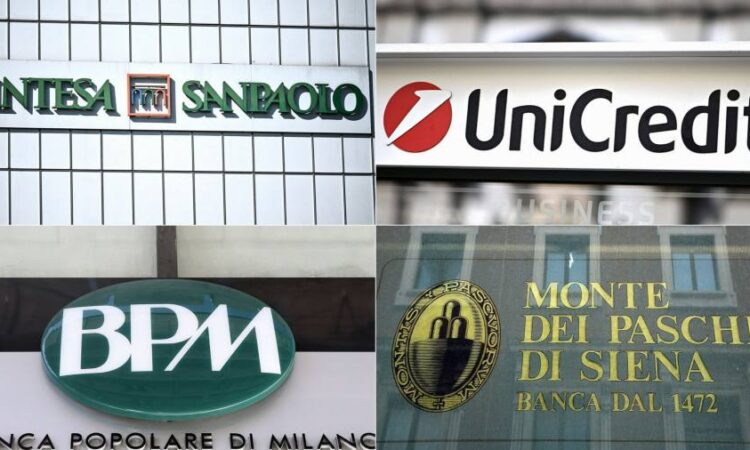
Receive free Letter updates
We’ll send you a myFT Daily Digest email rounding up the latest Letter news every morning.
The depiction of the Italian banking sector as highly vulnerable, provided by Moritz Kraemer in his otherwise interesting opinion, “Italy’s blocking of the ESM is an act of self-sabotage” (Opinion, July 27), seems to be drawn from past chronicles rather than current data.
Contrary to this narrative, the latest reports from banking authorities and analysts present official data demonstrating the robust health of Italian banks, even when compared with the wider European landscape.
Over the past decade, significant improvements have been made in key indicators such as capitalisation, asset quality and efficiency — often exceeding the European average. Recent profitability figures further confirm Italian banks’ high standing in European rankings. Notably, these achievements were accomplished with minimal reliance on public support, with the exception of a single bank that was nationalised and is now undergoing privatisation after completing its successful recovery process.
This sets Italy apart from other EU countries, establishing the Italian banking sector as one of the most solid in the union.
Moreover, it is worth considering that the economic environment in which Italian banks operate is experiencing faster growth than many other EU countries, let alone those with negative GDP growth.
In the European Stability Mechanism debate, all opinions are legitimate, but their credibility hinges on supporting evidence.
The current health of the Italian banking sector refutes the past narratives.
Giovanni Sabatini
General Manager,
Italian Banking Association,
Rome, Italy





